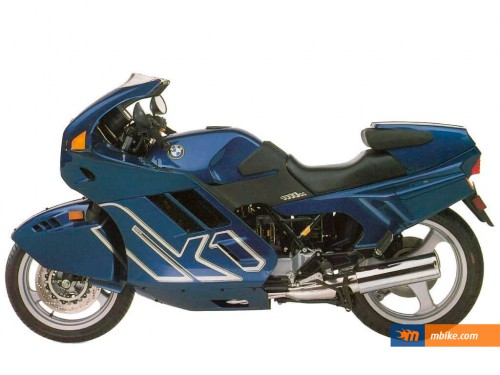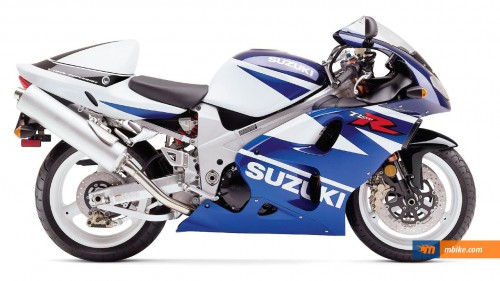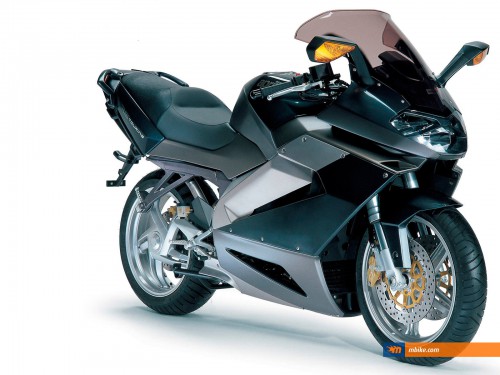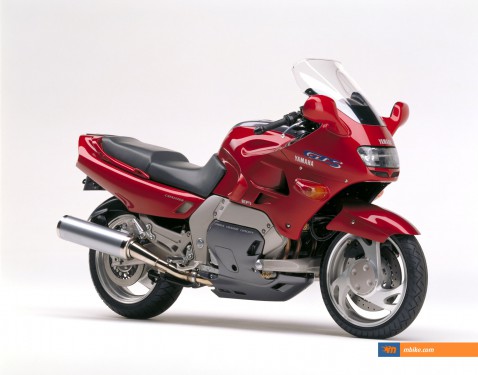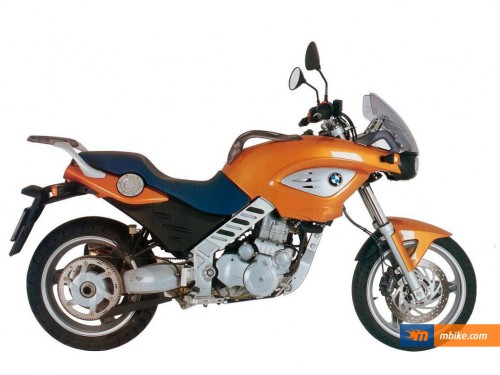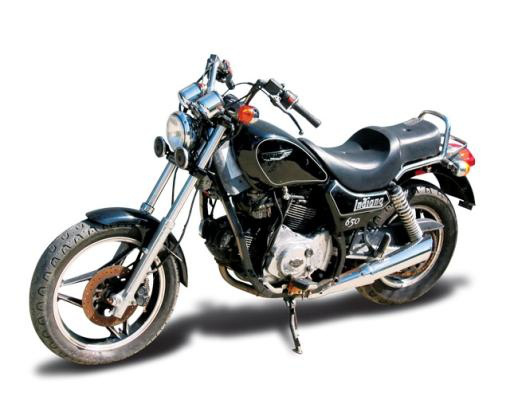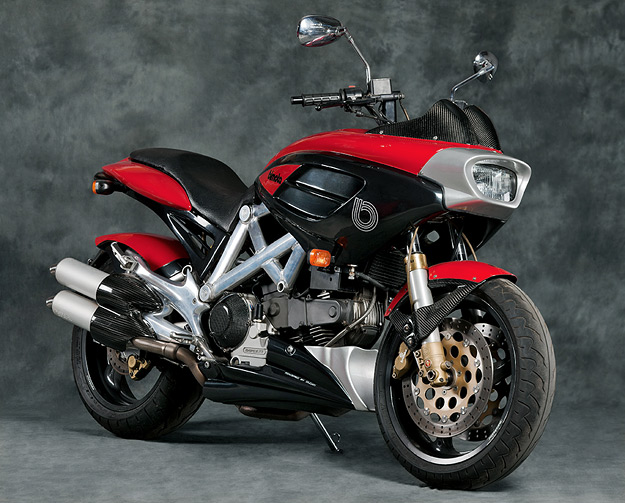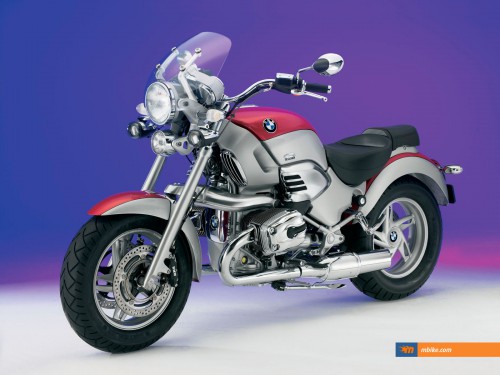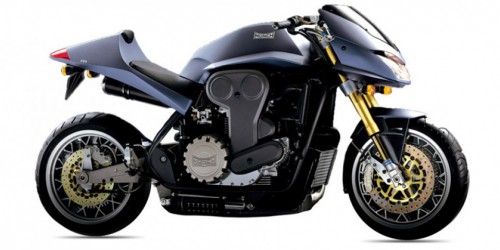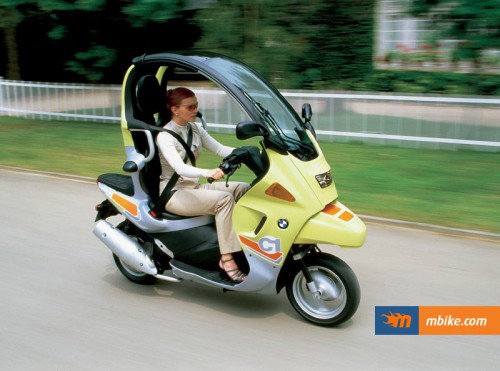Anyone who has ridden for at least ten years can tell you about the worst motorcycle they have ever ridden. Most bikes on the market are just fine but every once in a while the CEOs make some bad decisions and the result is a big flop. It’s worth noting that not all of these bikes are „bad” motorcycles, some of them actually rides well. It’s just that most customers hated them. We pulled twenty of the biggest flops in the motorcycle industry, here is the second part.
For the first part of the series, click here.
10. 1988 BMW K1
BMW built many great cars and bikes in the eighties that brought lots of new customers to the Bavarian dealerships worldwide. But they also produced machines like the K1, machines that were colossal flops. The Bavarian brand wanted to change the publics mind of them as the manufacturer of flat-twin tourers. Moreover, the K1 was meant to turn motorcycling on its head. In reality, the only head the K1 turned was BMW’s head accountant’s. The bike looked terrible, was very heavy (234kg dry), over-complicated and under-powered. Plus, it loved to burn riders and the engine suffered from secondary vibration. It’s no surprise the Bavarians only sold about 6,900 units between 1988 and 1993.
9. 2009 Suzuki TL1000
How do you define a flop? Sales numbers? In its best years, the TL 1000 was more successful than Ducati’s legendary 916. Many large manufacturers still build magnificent V-Twins like KTM or Aprilia. Why? Because good V-Twins can offer plenty of riding pleasure. So if you think that sales numbers decide which bike is a flop, Suzuki’s TL1000 series is certainly no flop. The reason why this bike made the list is that it wasn’t fully developed – it had many problems, including really embarrassing ones. Suzuki lied about the weight, the engine was unreliable and not powerful enough, and Suzuki’s revolutionary rotary damper unit, which replaced a conventional shock absorber, was being viewed with distrust. Suzuki withdrew the TL series from their model line-up after just four years in 2011.
8. 2001 Aprilia RST 1000 Futura
Aprilia’s 1000cc sports touring bike was a fine piece: it was powerful, light, fast and very reliable with comfy riding position and plenty of luggage space. But the design divided critics: some thought it was innovative and made it look like a fighter jet while others said it was just too bulky. The RST 1000 Futura was Aprilia’s potent answer to the Honda VFR series. Sadly, the Futura was a complete flop and Aprilia ended production after just two years in 2003.
7. 1993 Yamaha GTS 1000
Never heard of the GTS 1000? It’s not a coincidence, Yamaha’s sports touring bike was a short-lived freak between 1993 and 1996. The most awkward feature of the bike was its forkless front suspension aka RADD design. Thanks to the unique front suspension, the GTS 1000 was very stable under braking but the improvement did not justify the additional cost for the consumer, and the bike was not commercially successful.
6. 2001 BMW F 650 CS „Scarver”
BMW’s plan was perfect: to catch new young customers, they teamed up with Aprilia and the result is the F 650 CS or „Scarver”. BMW was bold and the F 650 CS went against the marketing trends of those days, aimed at urban commuters, non-traditional riders, new motorcyclists, women, and shorter riders. The bike’s 650cc single-cylinder engine was not very powerful, the dash was too futuristic, and the bike too expensive. Sales numbers were in the basement and the F 650 was discontinued after just three years.
5. 1986 Ducati Indiana
Ducati is a cool brand right now with magnificent bikes like the Monster, Hypermotard, Streetfighter or Multistrada. But that wasn’t always the case. In the mid-eighties, another Italian motorcycle manufacturer, Cagiva bought the struggling Ducati. The result of this acquisition was the Ducati 851, the model that most likely saved Ducati. But they also had some questionable choices. That would be the Indiana. Ducati planned to break into the American market with a cruiser built around a sportsbike engine. Furthermore, despite the badge on the tank, the bike was built by Cagiva around Ducati’s 649cc air-cooled SOHC V-Twin. Though the bike was not so bad (it was actually pretty fast with a top speed of about 120 mph), it was utterly unsuccesful in the marketplace.
4. 1995 Bimota DB3 Mantra
The Bimota Mantra is a very controversial motorcycle with outrageous styling. This bike was Bimota’s attempt at a naked bike. Just look at it and go figure. Bimota sold just 454 units – in seven years. It’s a sad story because underneath Frenc designer Sacha Lakic’s fairing there’s sensible Ducati-engined roadster.
3. 2004 BMW R 1200 C Montauk
A large German cruiser with bad styling and a boxer delivering 61hp from 1170cc? I wonder what went wrong. From 1997 to 2004, BMW manufactured just 35,455 R 1200 C’s, including all limited editions. Montauk was one of the special editions with an extra wide front end and wheels from the R 1200 CL, braided brake hoses, and additional vertically stacked headlights. But no matter how well-engineered the R 1200 C series was (apart from the weak engine and the lame sound), it was a big flop for the manufacturer.
2. 2000 Münch Mammut 2000
The Mammot is the Bugatti Veyron of motorcycles: when it was revealed in 2000, it was the world’s most powerful and most expensive bike. 2000cc DOHC 16-valve engine with a turbo, 260hp, 295 Nm of torque, 354kg dry weight, 176,000 Deutsches Mark – these were sick numbers. Münch planned to build 250 units. Needless to say, the company did not find 250 people to buy this behemoth – only 15 were built and 8 sold. Now that’s the definition of a huge flop.
1. 2000 BMW C1
It was a vision alright! A vision of failure, one of BMW’s most spectacular flops. The C1 is half scooter, half city car, has a roof and a seat belt. BMW claimed it was so safe that riders don’t need to wear a helmet. In reality, it was the opposite: because of the roof, the scooter’s center of gravity was so high that the C1 was less agile in the corners than the Queen Mary II. It was pointless and hopeless. And very expensive. After selling just 12,000 units in two years, BMW ceased production of the scooter in 2002.
